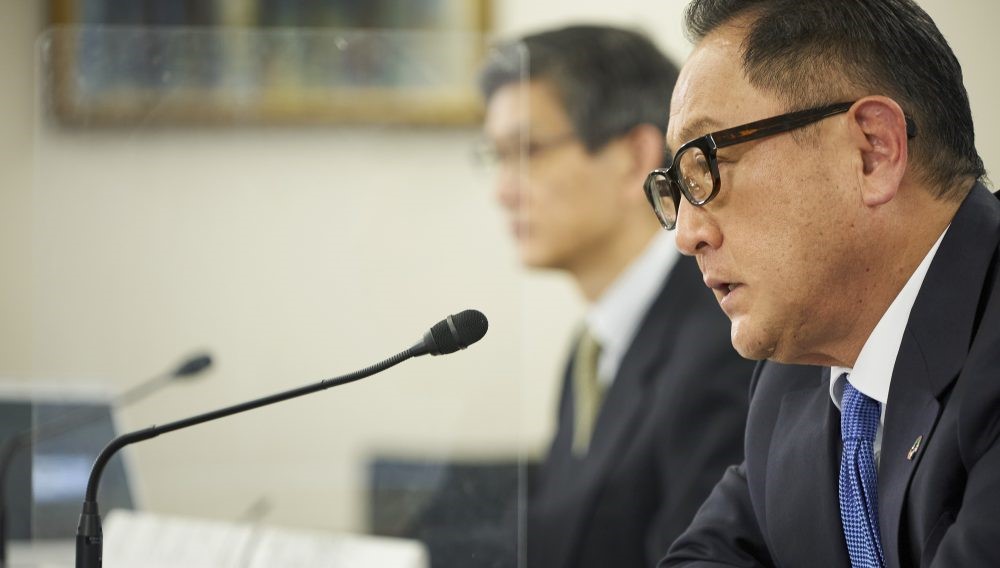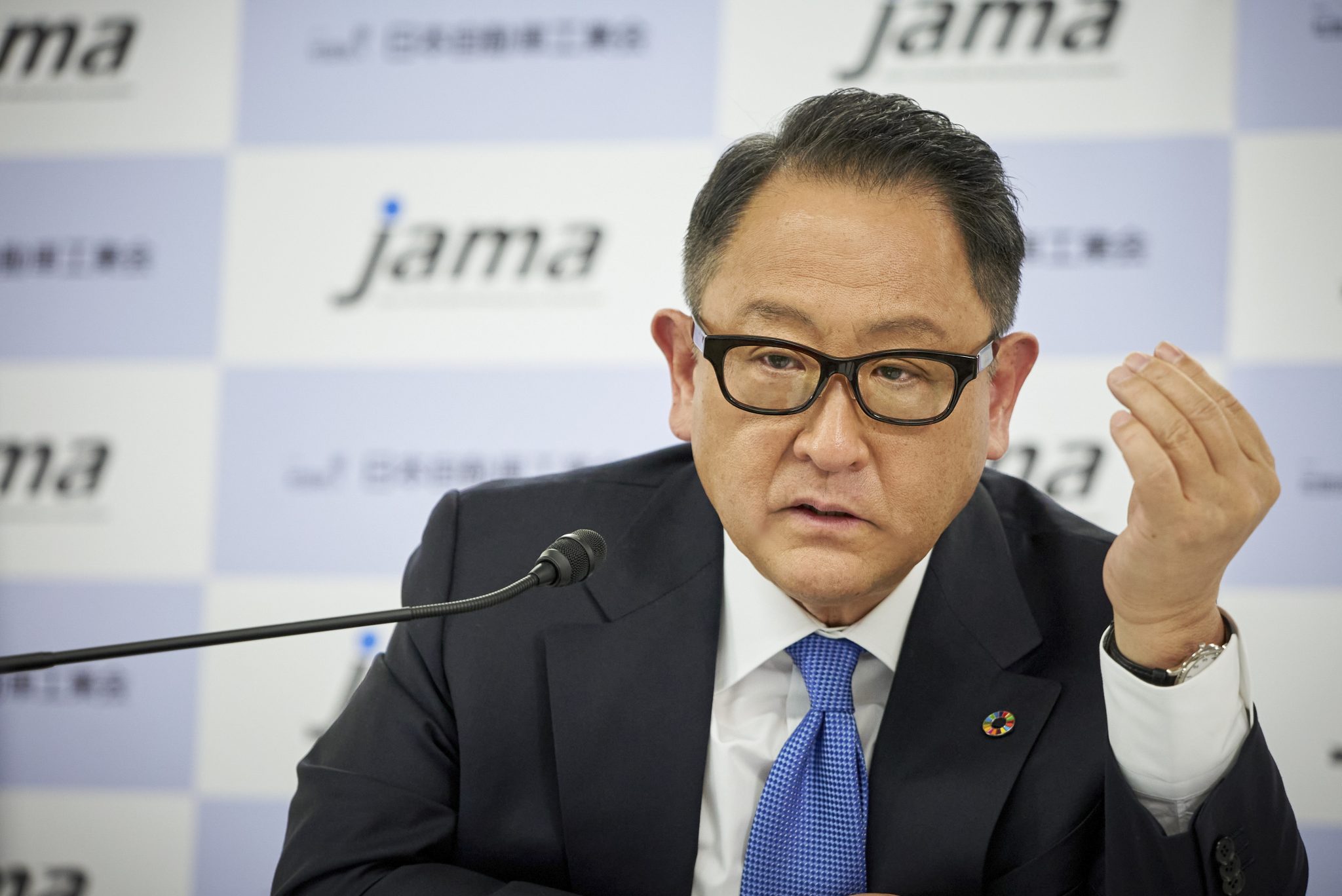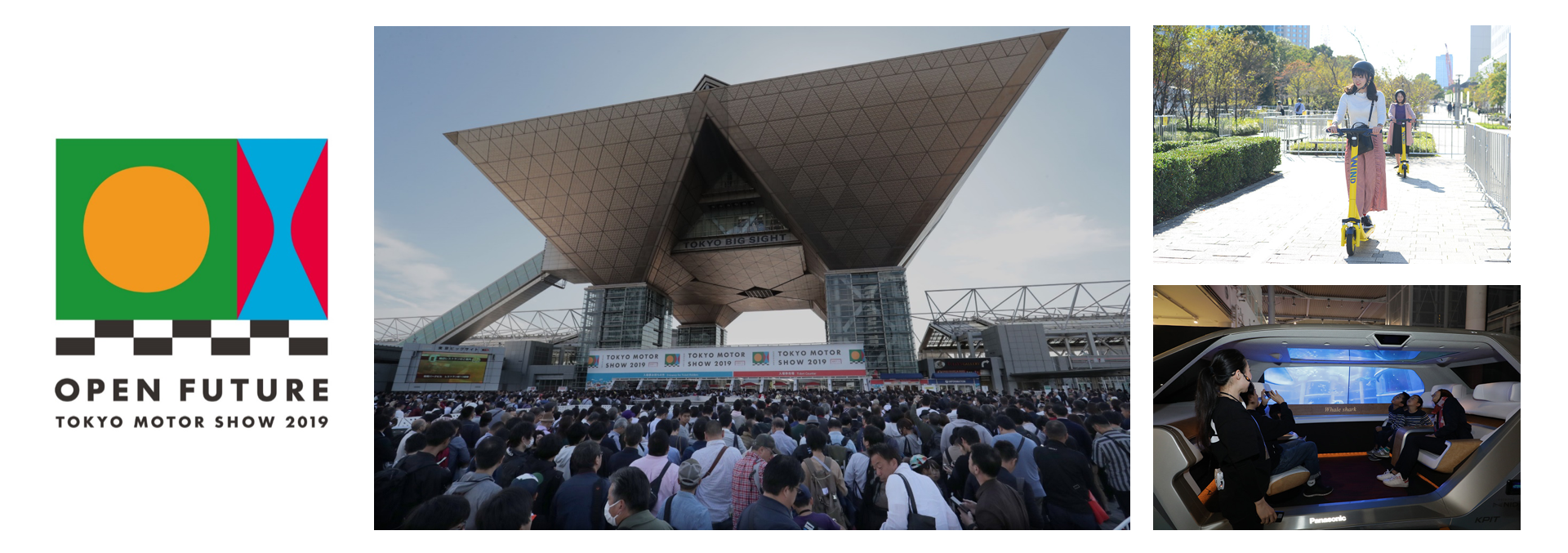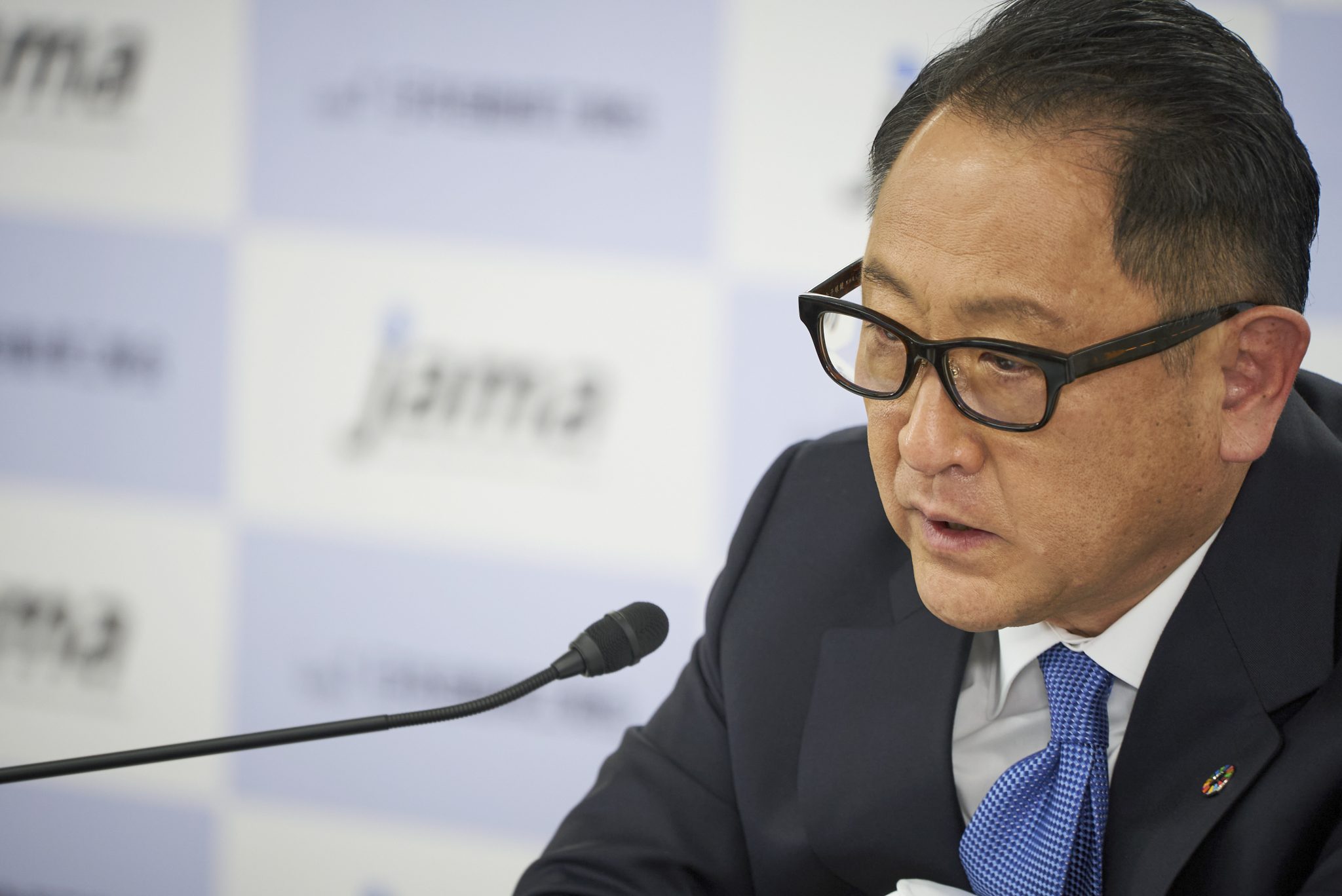Press Conference
- HOME
- News
- Press Conference
- Expand Paths to Carbon Neutrality: JAMA Chairman Akio Toyoda Message
Expand Paths to Carbon Neutrality: JAMA Chairman Akio Toyoda Message

The path to carbon neutrality lies in Japan’s strengths
Today, I would like to continue my discussions on carbon neutrality, which is an urgent and important topic for everyone in Japan and every industry.
Looking back to December last year, I explained that JAMA would do its utmost to help achieve carbon neutrality, but that such has to be done in tandem with energy policies.
Last month, I shared my sense of crisis on how pursuing carbon neutrality could lead to a shift of production to countries and regions that can procure clean energy, which could, in the end, result in losing automobile exports from Japan and employment in Japan.
In all of these cases, the underlying principle is that we all need to correctly understand the essence of carbon neutrality and respond to it with everyone’s involvement.

As I continue to work on “correct understanding”, I have started to think that there is a unique path for Japan to achieve carbon neutrality.
Japan has many excellent environmental and energy-saving technologies. Above all, I believe that Japan’s unique strength lies in its “composite technology” that combines superior individual technologies.
The energy industry is now working on the technological innovation of carbon-neutral fuels such as e-fuels made from hydrogen, and biofuels.
When this new type of fuel is combined with the high-efficiency engine and electric motor technologies accumulated in the Japanese automotive industry, I believe we will see a whole new world where we can significantly reduce CO2 emissions.
If this is to be realized, not only will existing infrastructure be usable, but all vehicles including used vehicles and vehicles already on the market will be able to reduce their CO2 emissions.
And this concept can be applied to a variety of industries other than autos, such as ships and airplanes.
If carbon neutrality of transportation, especially of ships, gets advanced, it will lead to making greener Japan’s business model, which is largely driven by imports and exports.
Our goal is to be carbon neutral, and there should be more than one path to that goal.
We have carbon-neutral fuel technologies, engine combustion technologies, electrification technologies such as electric motors and batteries, and composite technologies that combine these technologies — I believe that there is a path for Japan to choose in which we can fully take advantage of our strengths.
Carbon neutrality cannot be achieved without reducing CO2 emissions throughout the entire process: making, transporting, using, and disposing of.
In other words, it is essential for all people and all industries to align and work together. And that is where we believe we need a “pacemaker”.
Since the automotive industry is a comprehensive industry that deeply engages in many industries such as energy and materials, we believe that we can play a key role as a pacemaker for industry overall.

And another reason for wanting to be a pacemaker is because we are a B2C (business-to-consumer) industry with many points of contact with customers.
As a result of our efforts to meet the needs of our customers, the Japanese automotive industry has the advantage of having a full lineup of electrified vehicles.
No matter how advanced the technology is, it would be meaningless if it is not chosen and used by customers. We believe that we can play a role as a pacemaker in changing our customers’ lifestyles toward being more carbon-neutral.
When I say that we want the policymakers to let the automotive industry play a central role in pursuing carbon neutrality, it is not because we want to protect our industry by doing so.
Rather, it is because we want to play an important role for our home country Japan to achieve carbon neutrality through serving as a pacemaker.
The order must be right
At the recent U.S.-Japan Summit, Prime Minister Suga expressed his strong will to accelerate efforts toward carbon neutrality by setting a milestone of 2030.
What Japan should do now is to widen the options of technologies. Regulation and legislation should come after that.
A policy that bans gasoline and diesel vehicles from the outset will only make the options narrower and may even end up losing its strength. I request that the Japanese government not let this order be reversed in the policy-making process.
Not only sustainable but also practical
We will continue to invest steadily in electric vehicle technology as we have so far.
Thirty years ago, there were no (commercialized) hybrid electric vehicles, let alone electric vehicles or fuel cell electric vehicles. However, there were people who had tirelessly continued to develop those kinds of technologies. I believe that the accumulation of these efforts has resulted in the successful development of sustainable and user-friendly practical technologies.
With “sustainable and practical” as our principle, we will continue to explore a path that Japan should take and expand.

Tokyo Motor Show 2021
Finally, I would like to update you on the Tokyo Motor Show. At the last motor show, in 2019, we prepared a broad-ranging program enabling visitors to experience the pleasure of mobility, and more than 1.3 million people attended the event.

Under present circumstances, however, we found it difficult to provide a program that would allow visitors to experience the future of mobility in a safe and secure environment. We have therefore decided to cancel this year’s show, and are now planning a more advanced version of the event to be presented next time as the “Tokyo Mobility Show.”
We look forward to your continued support.

Full Archive of Press Conference
English closed captions available for the Chairman remarks.

